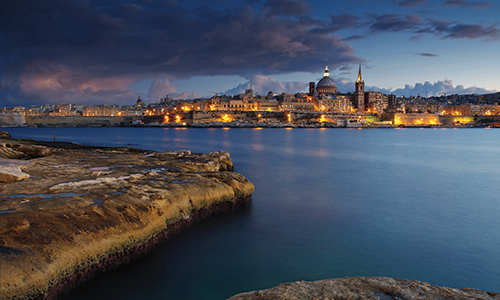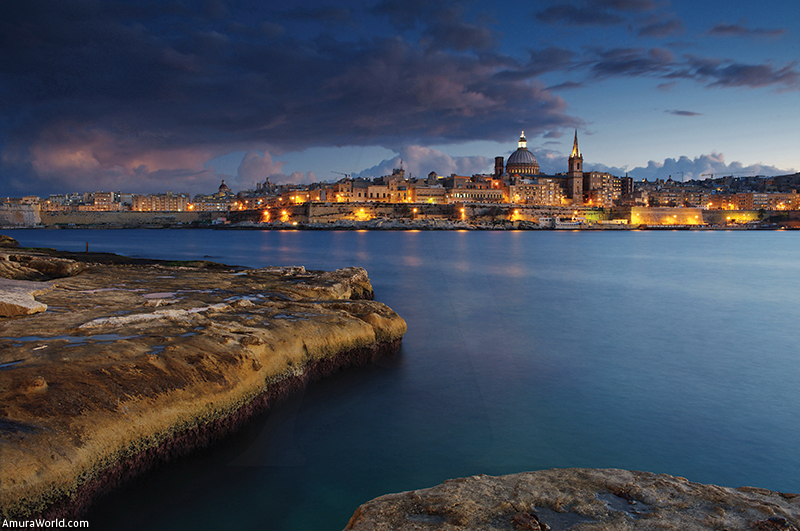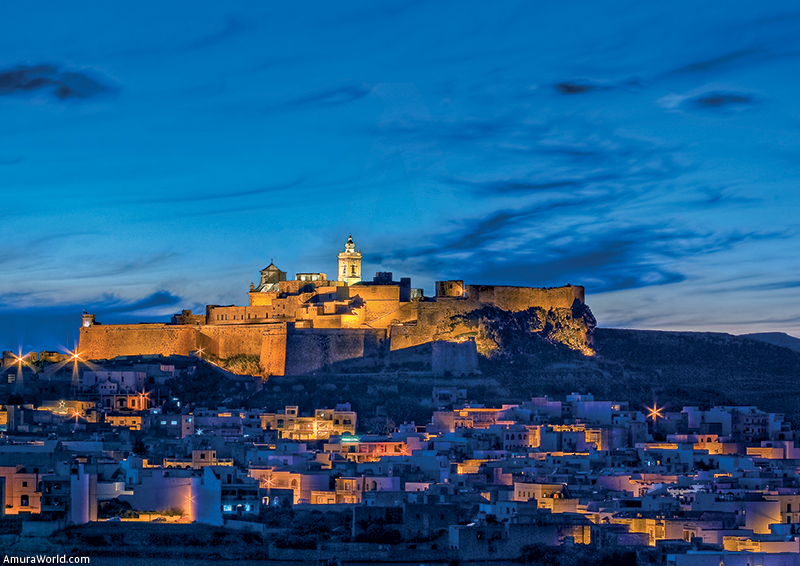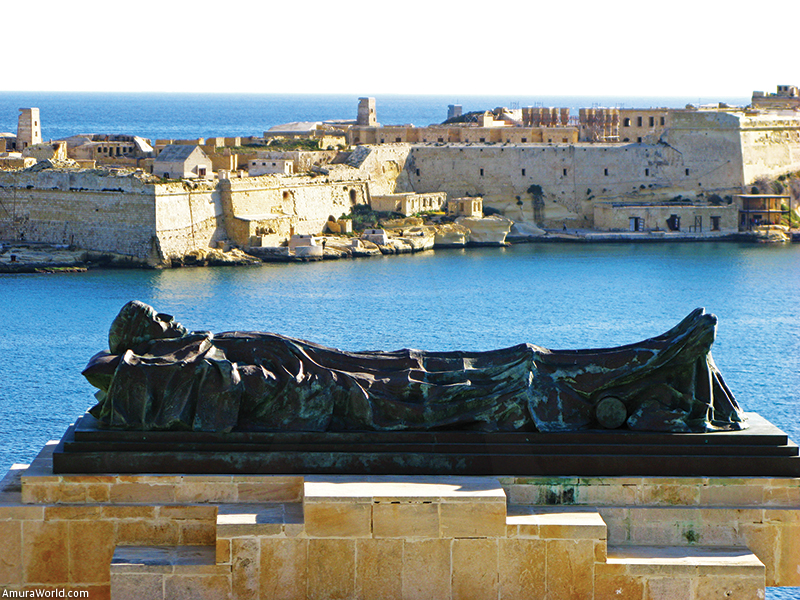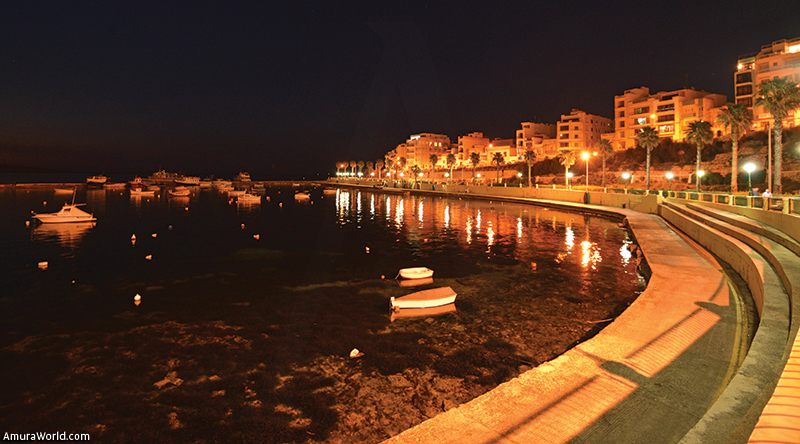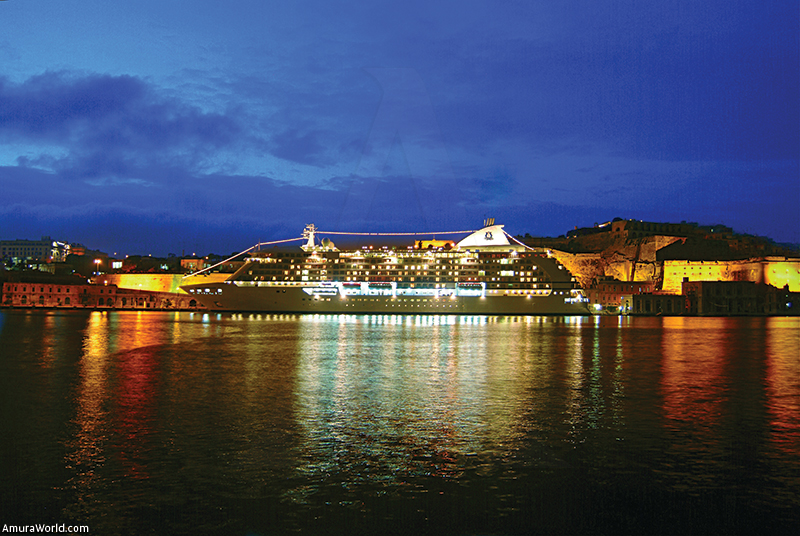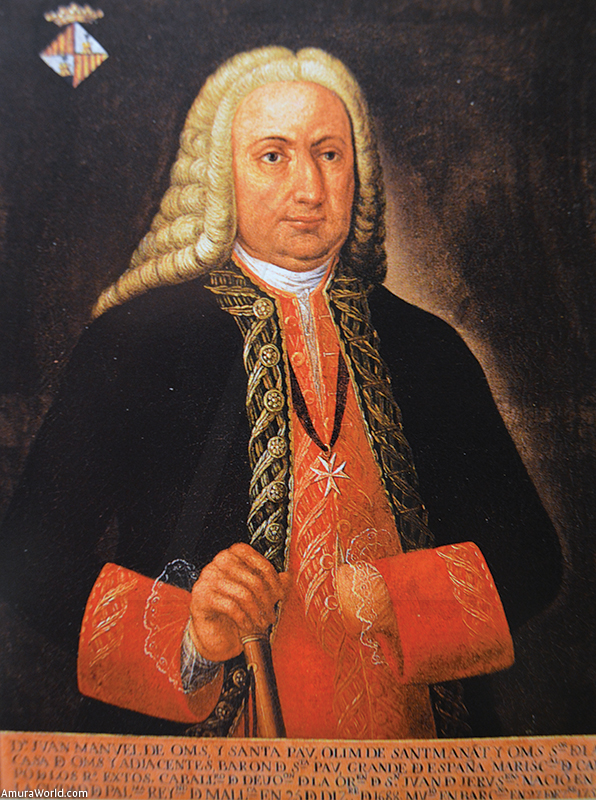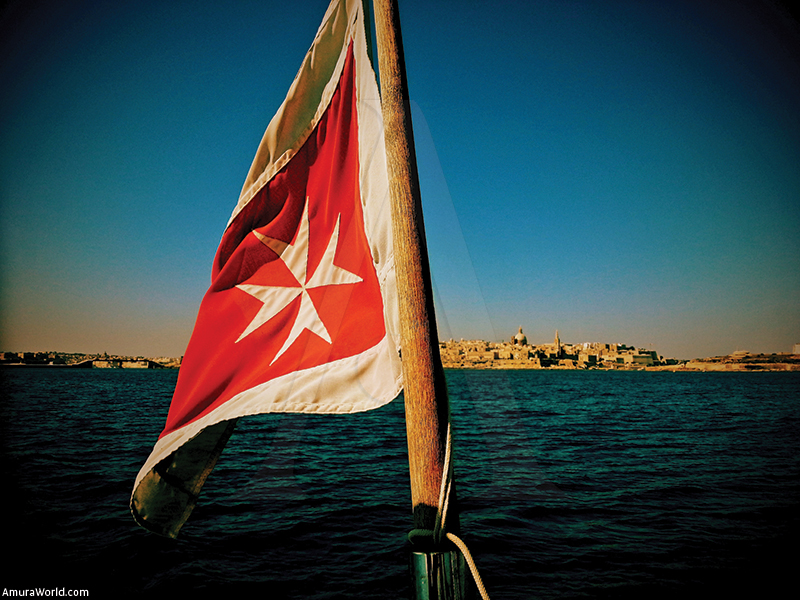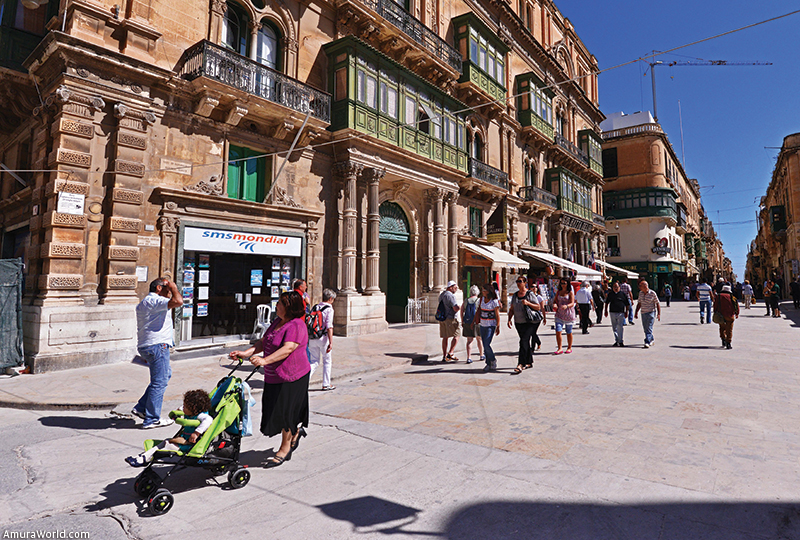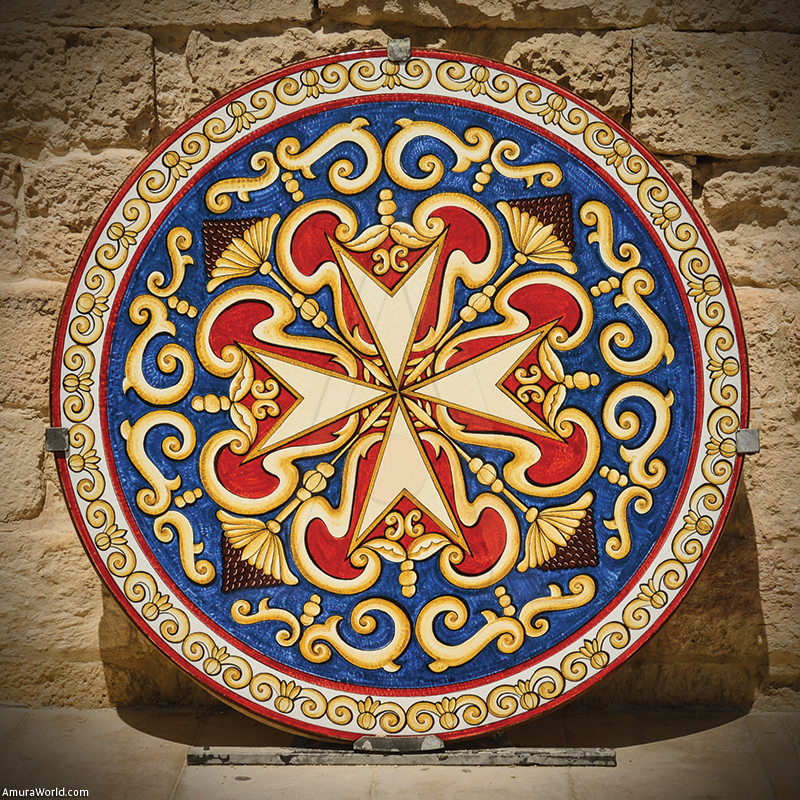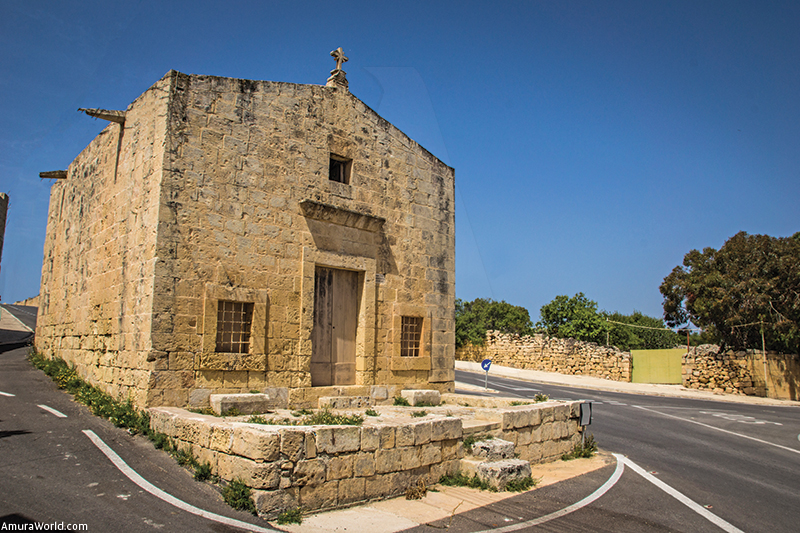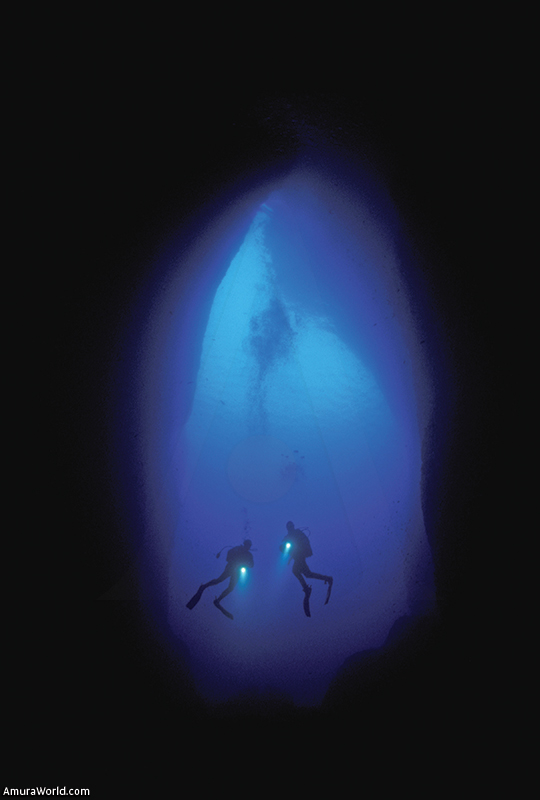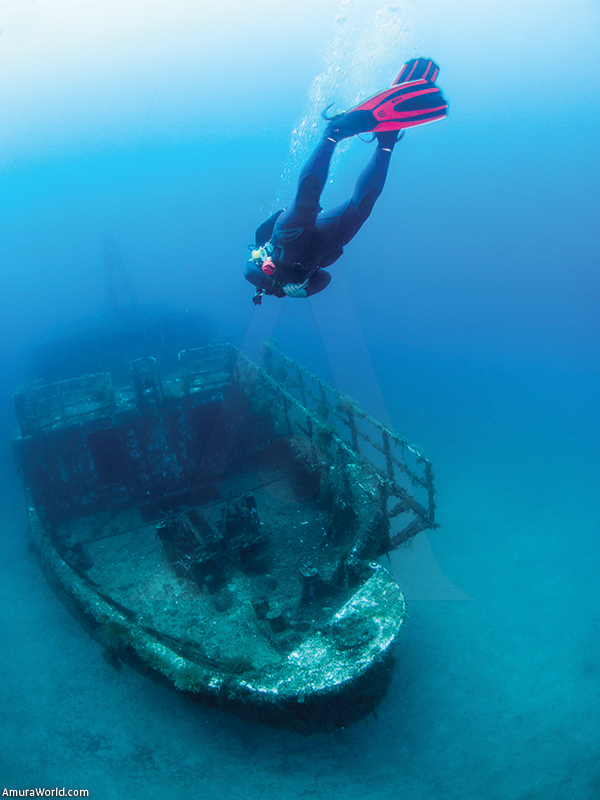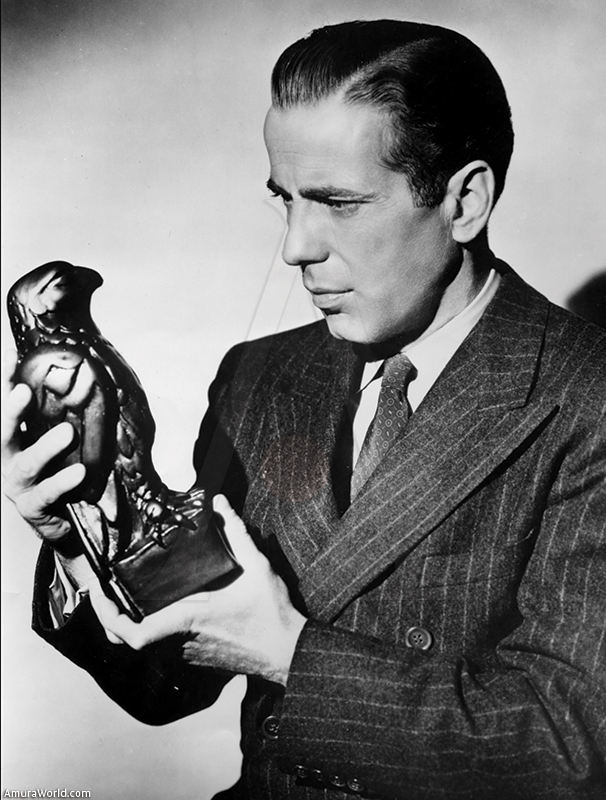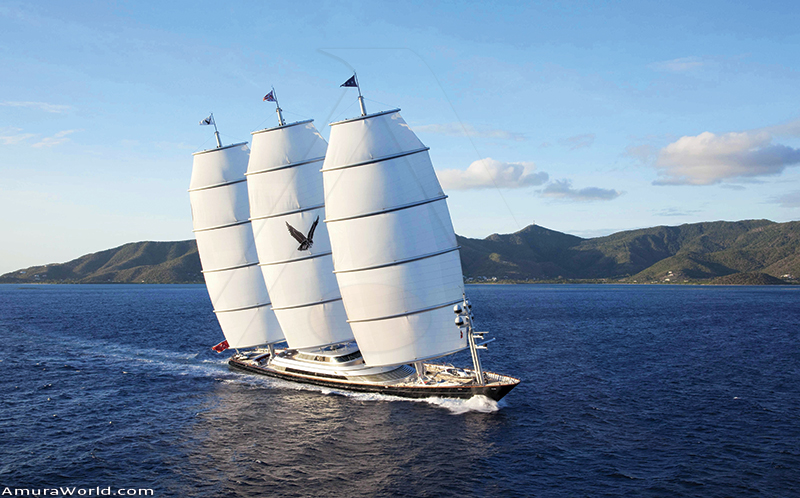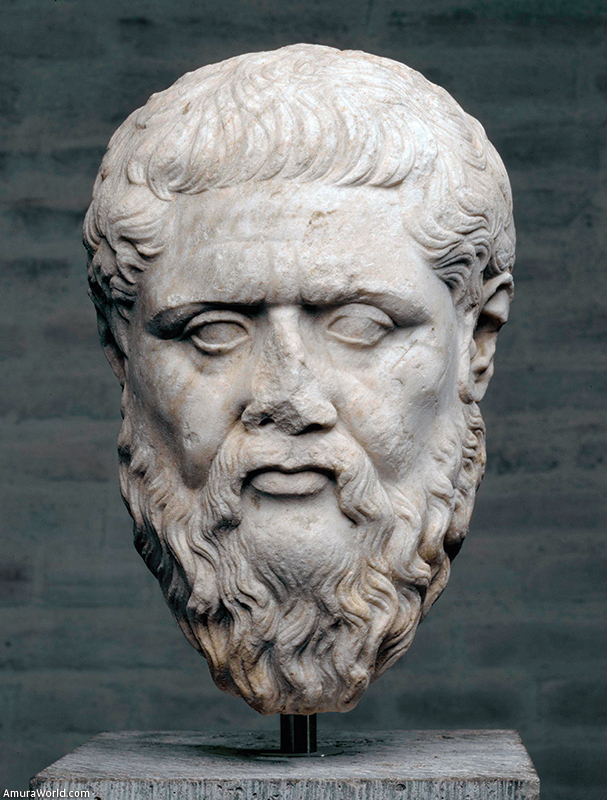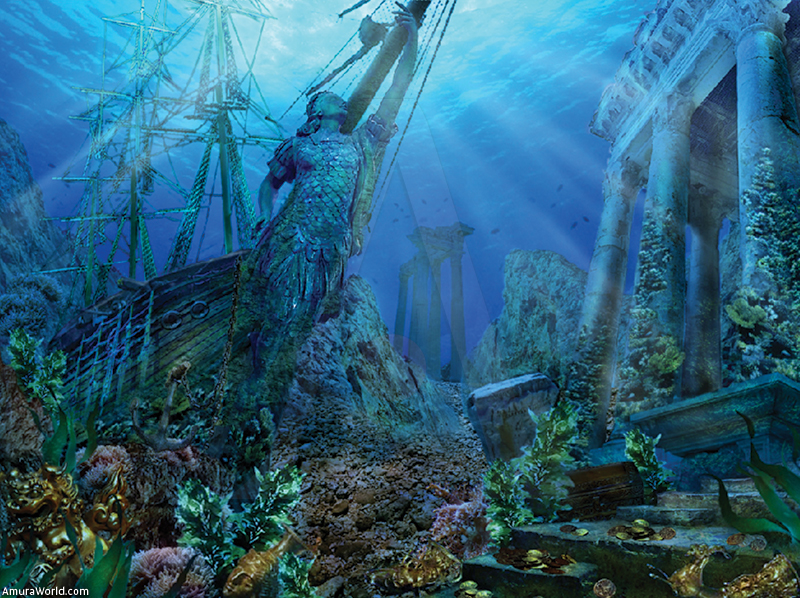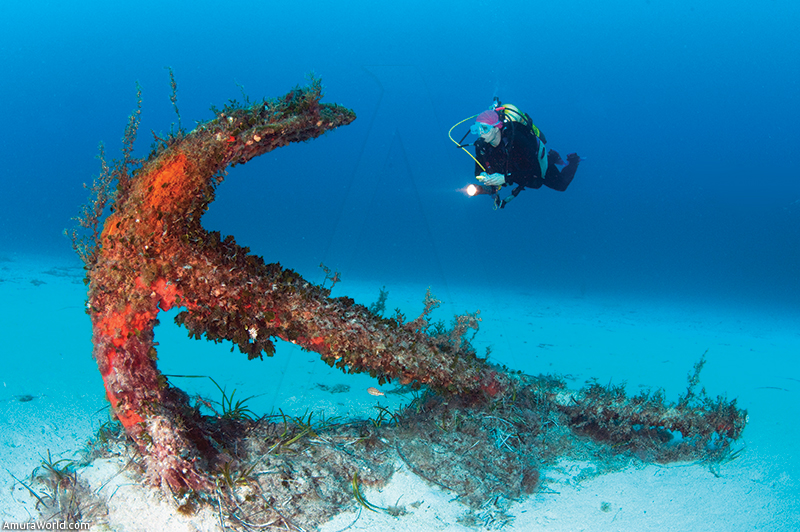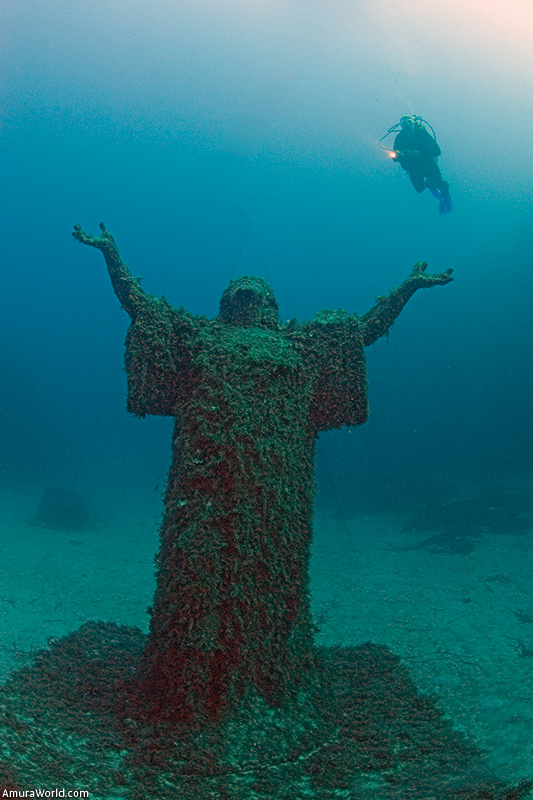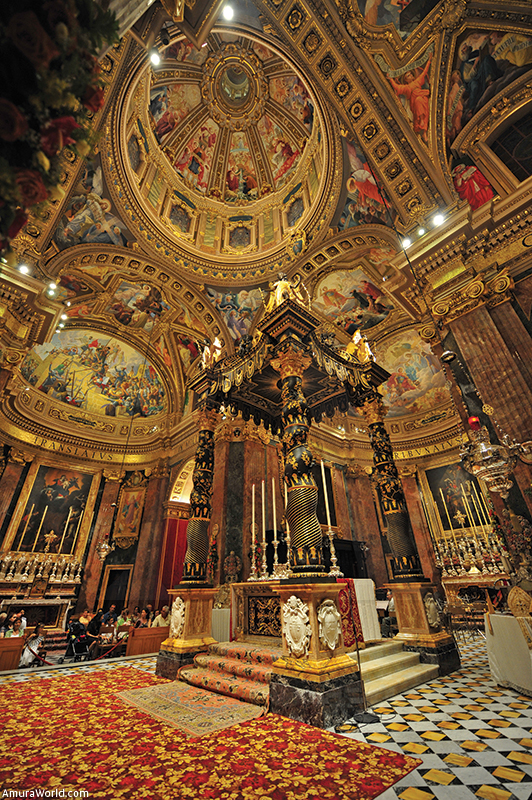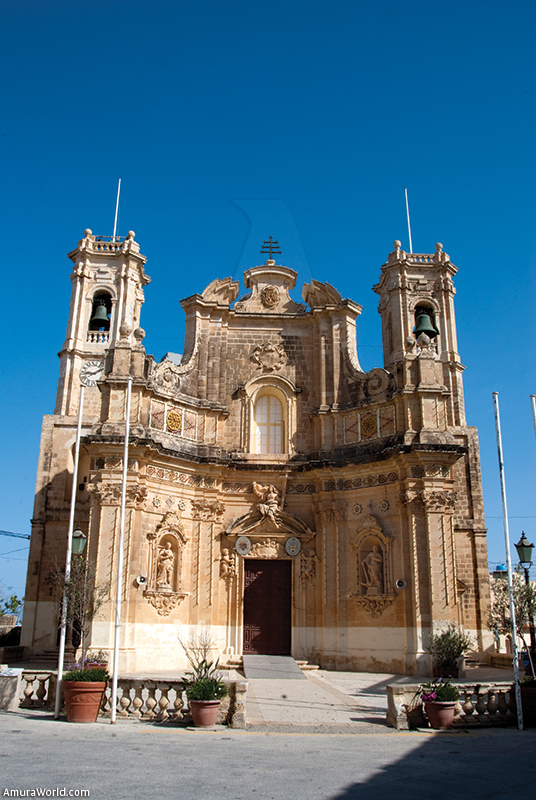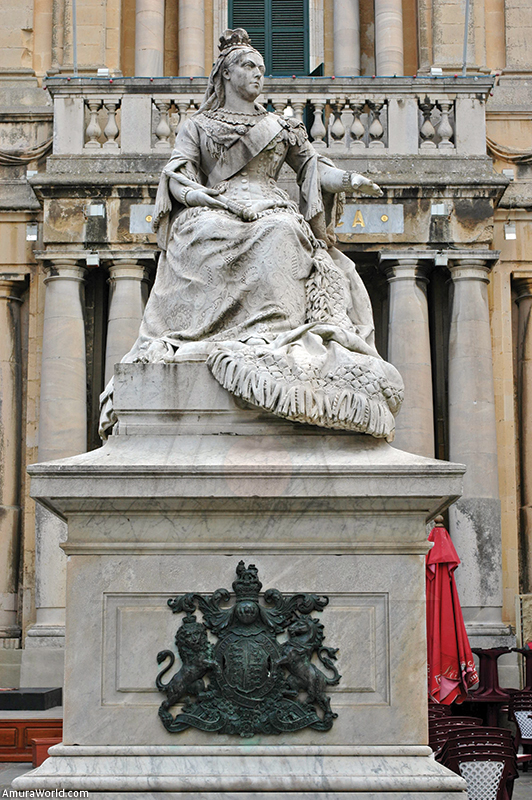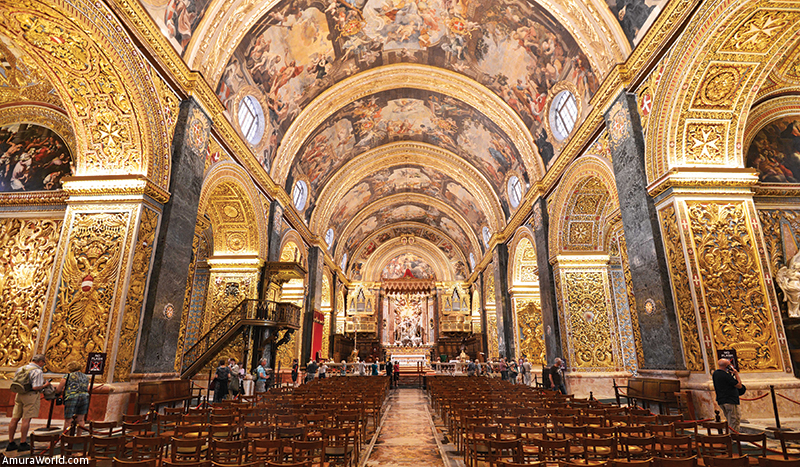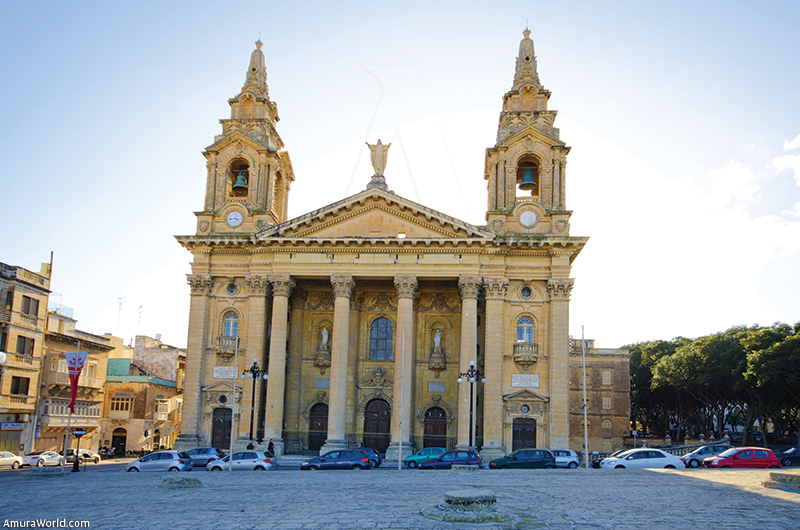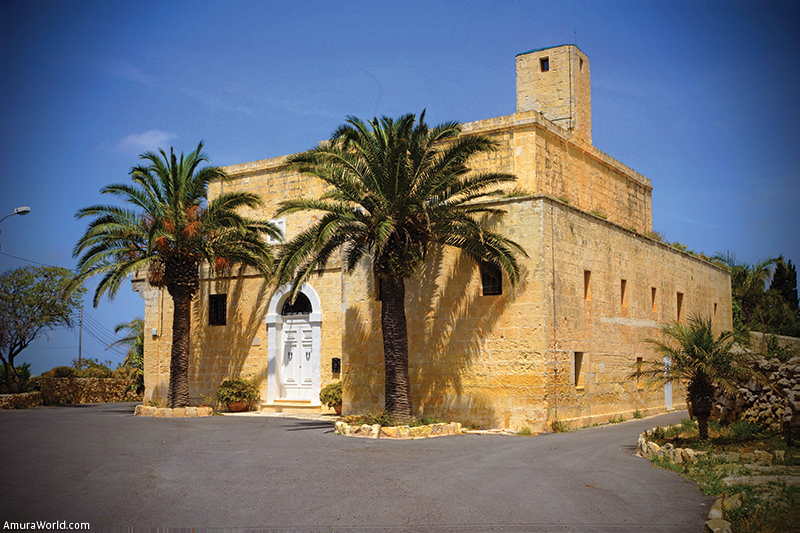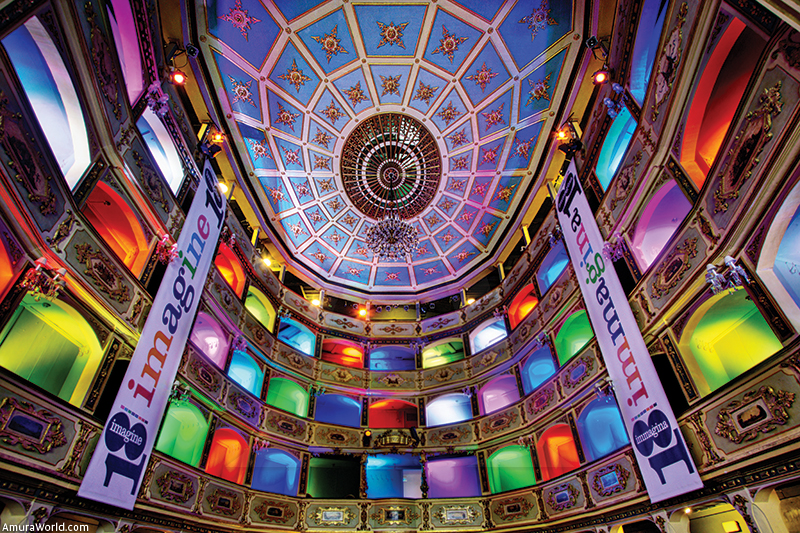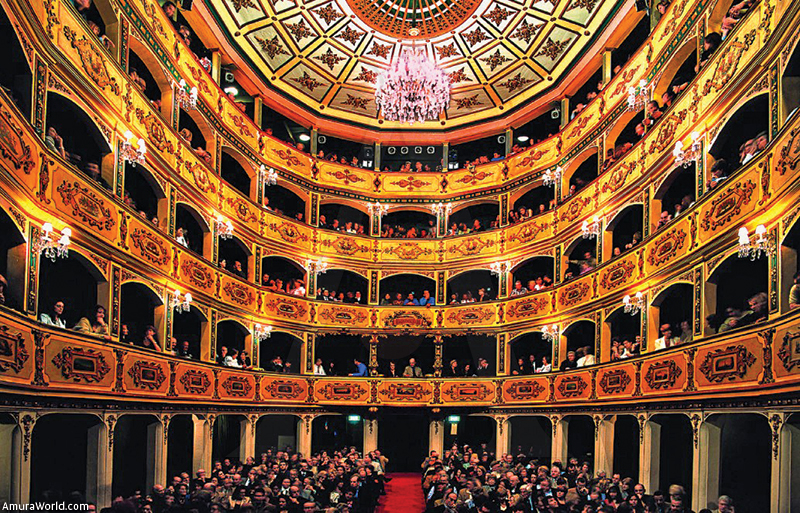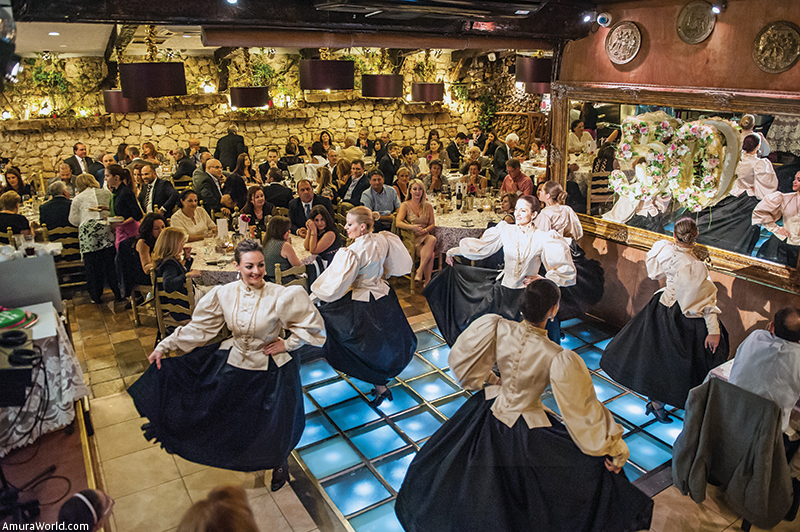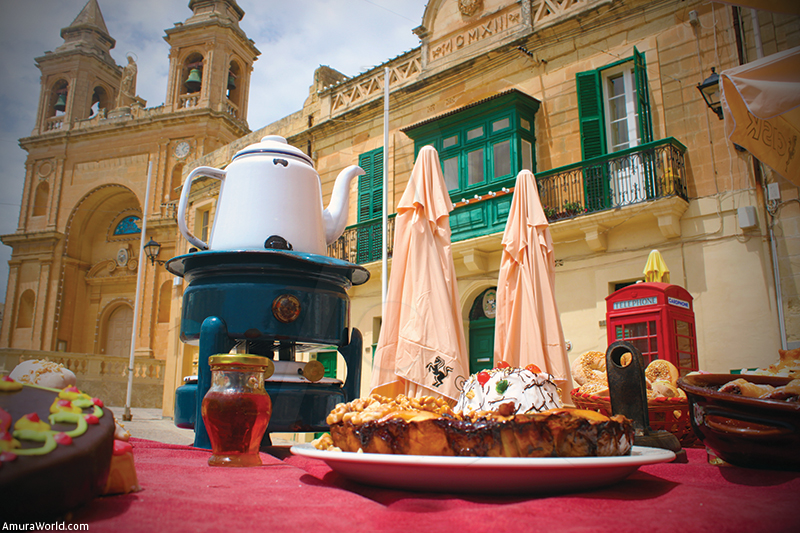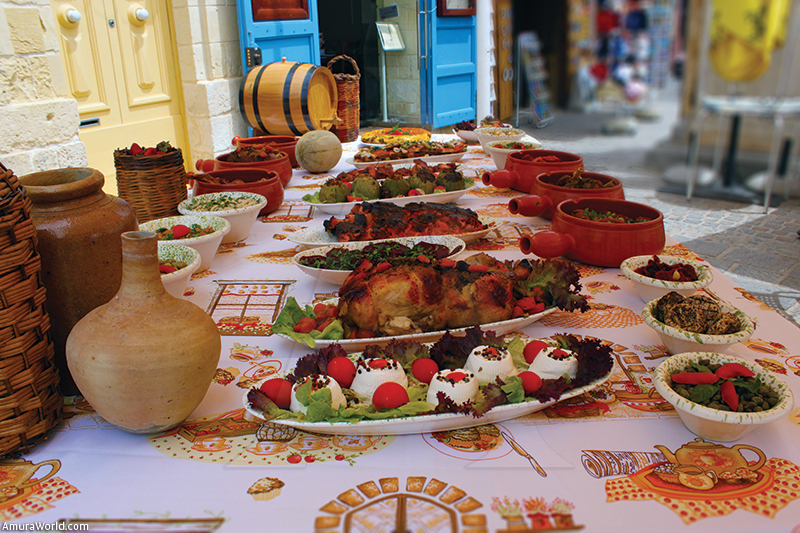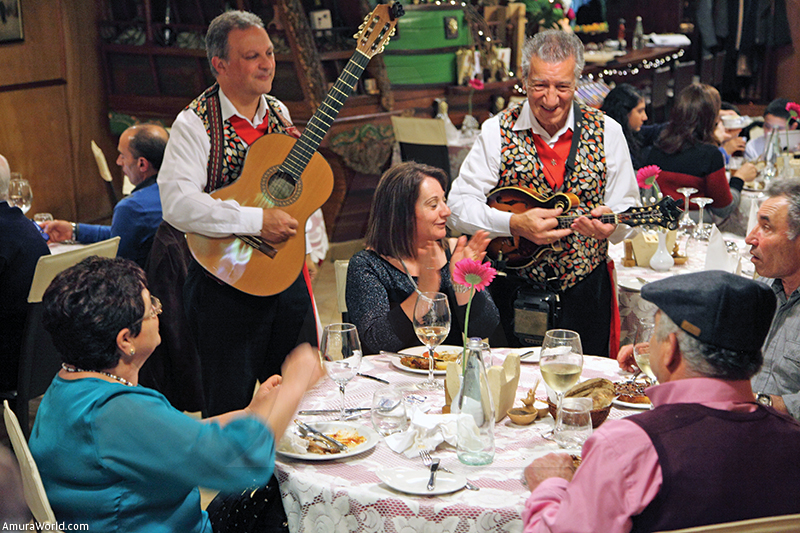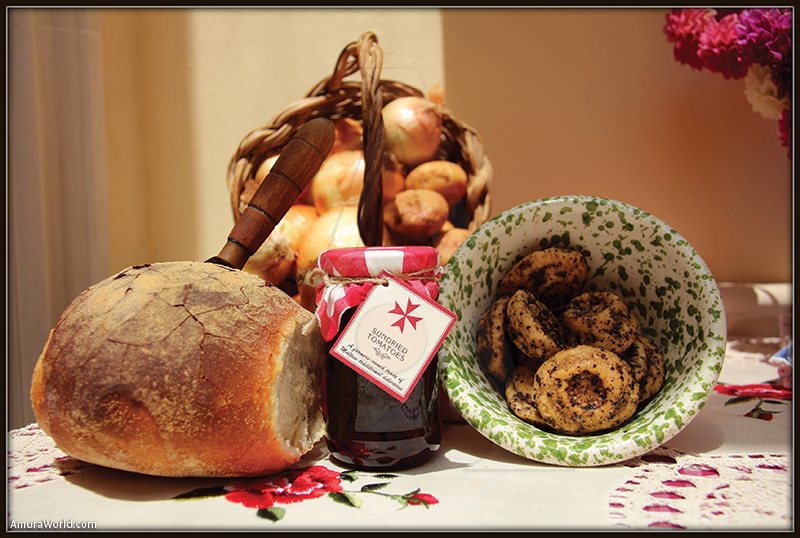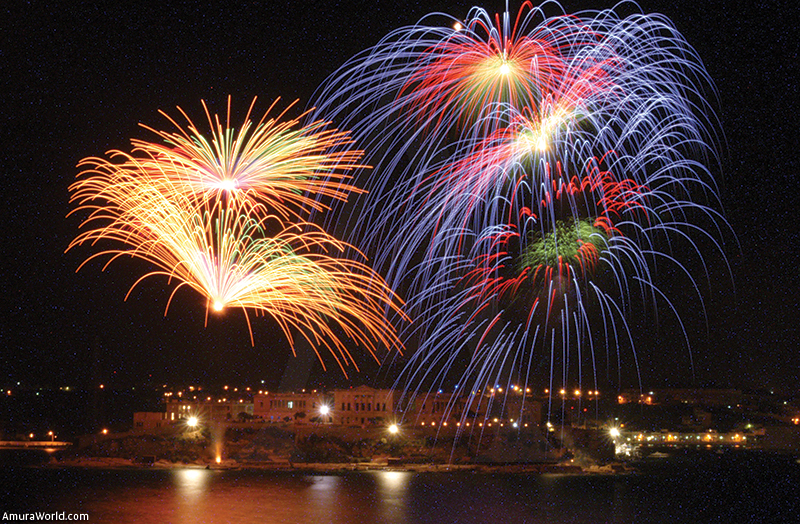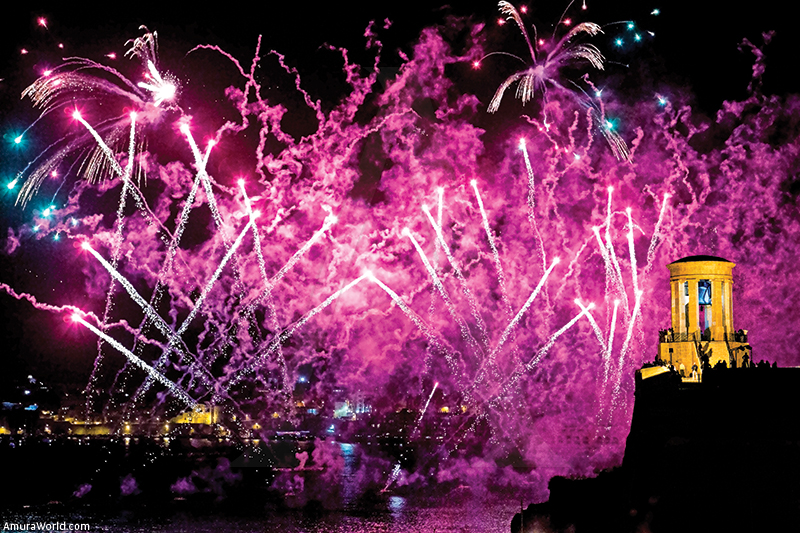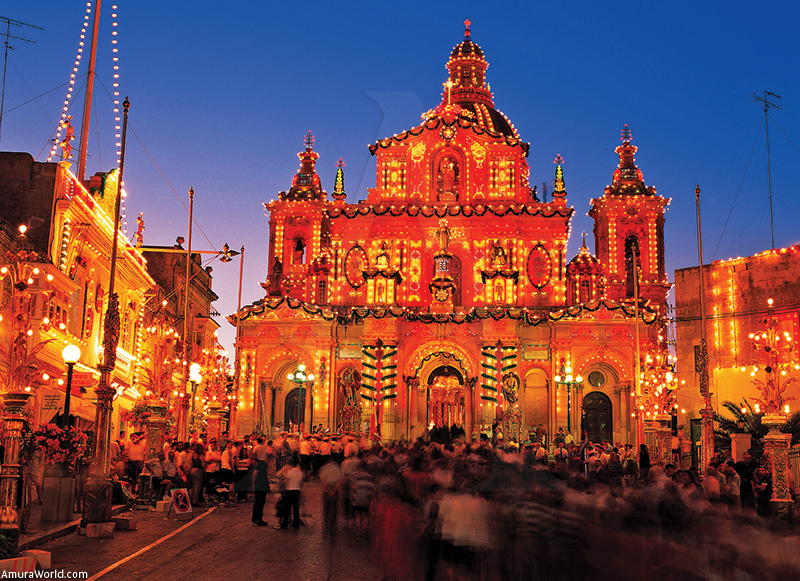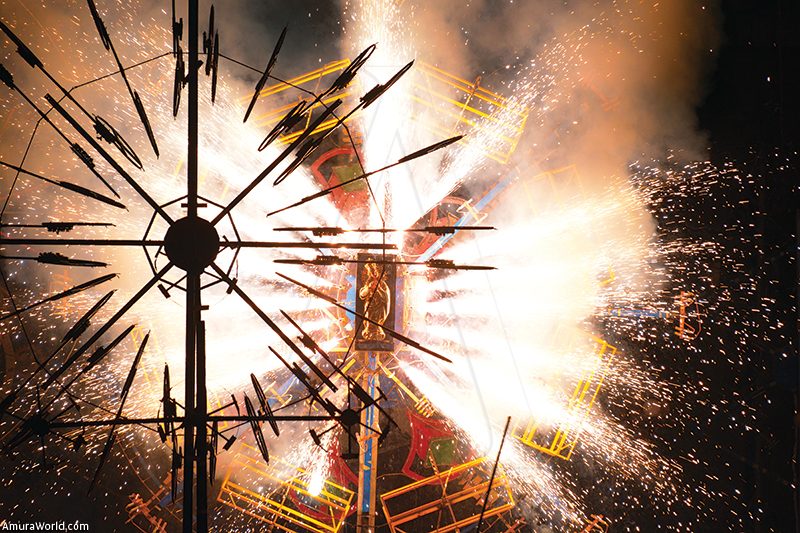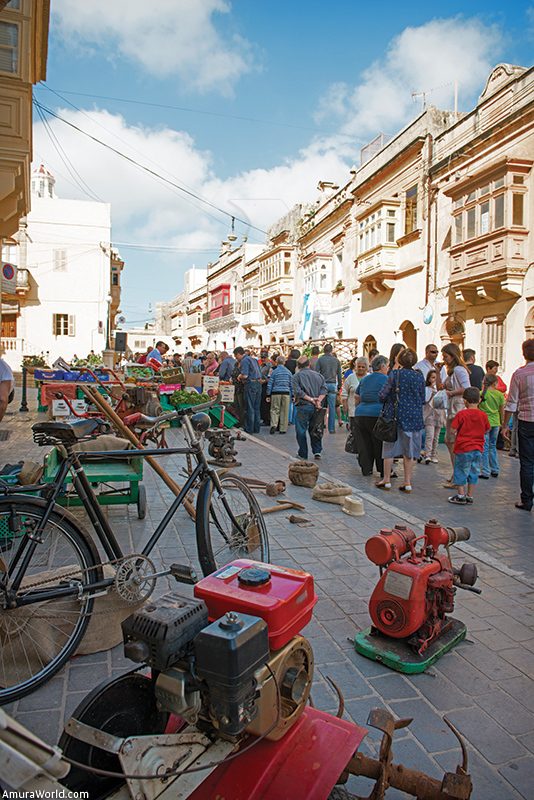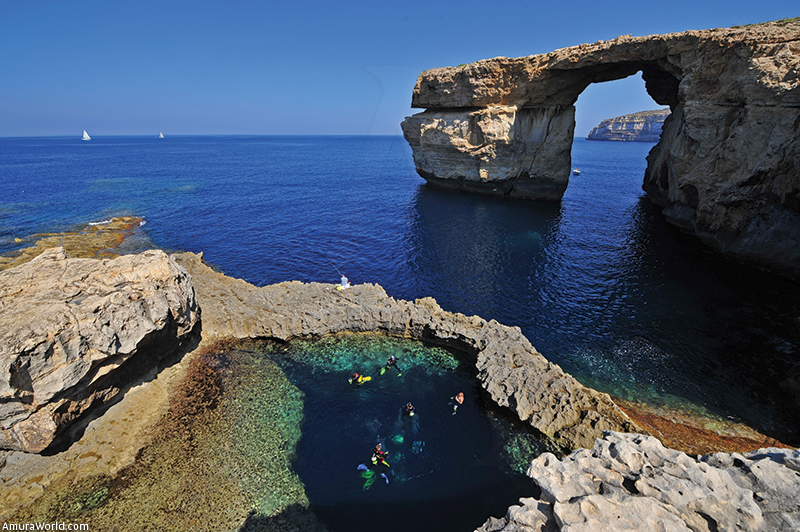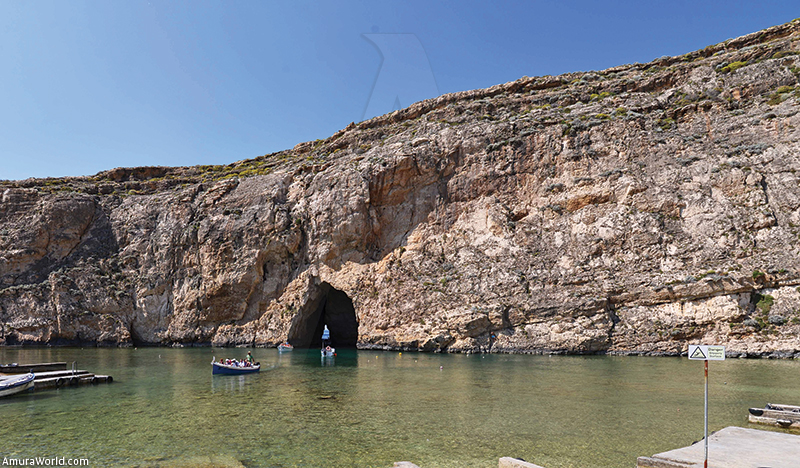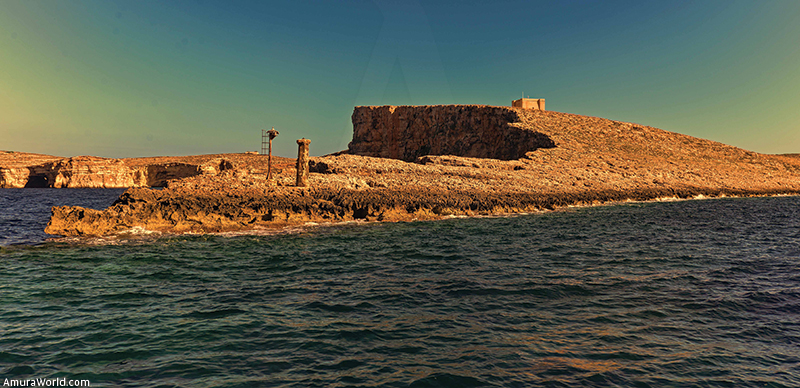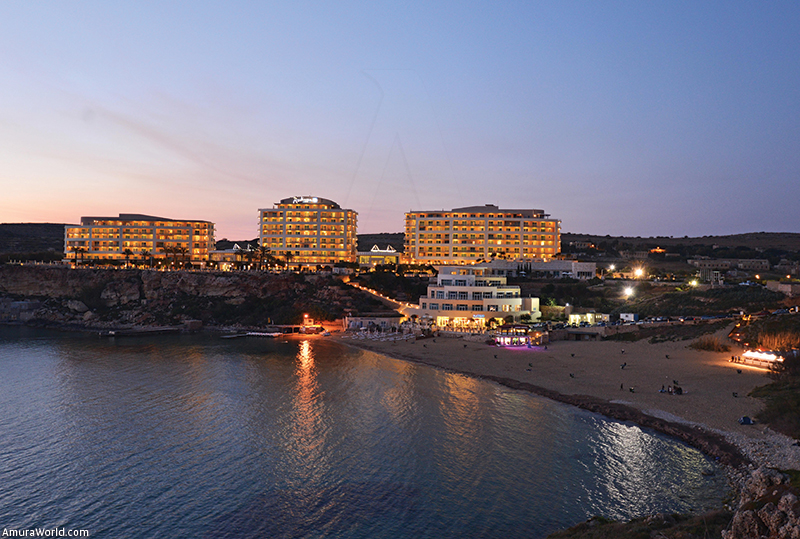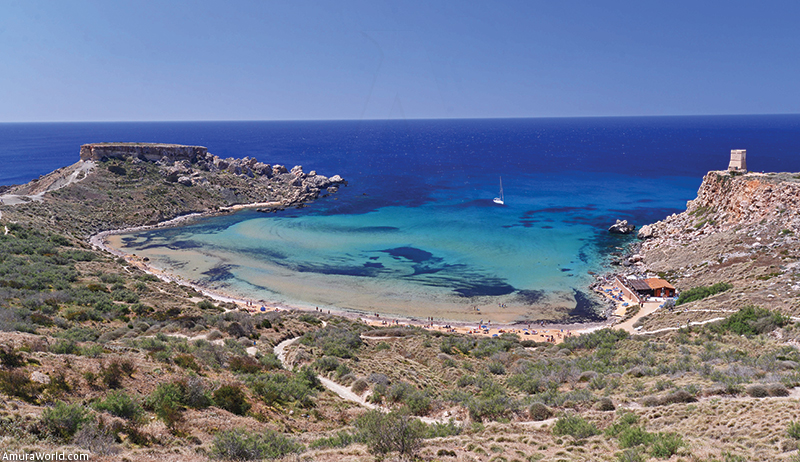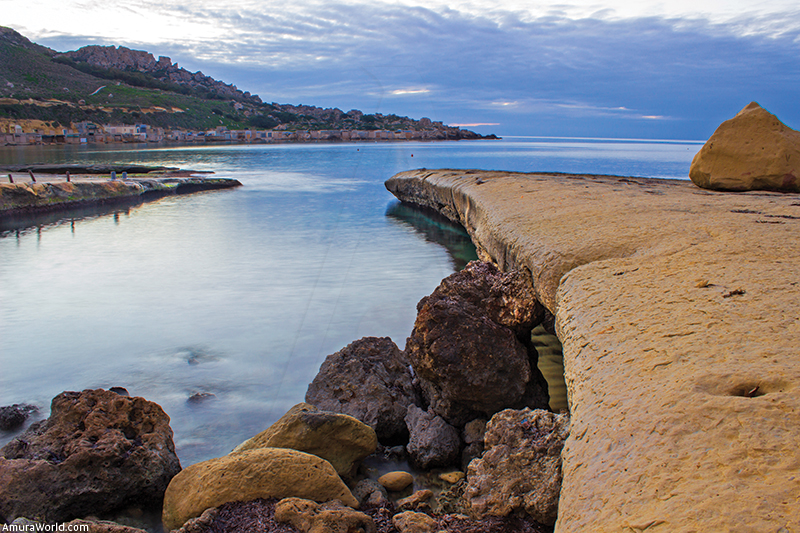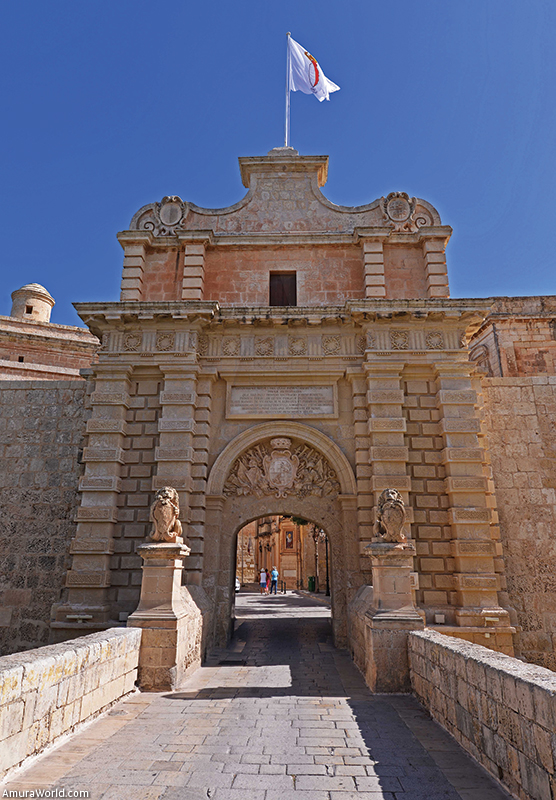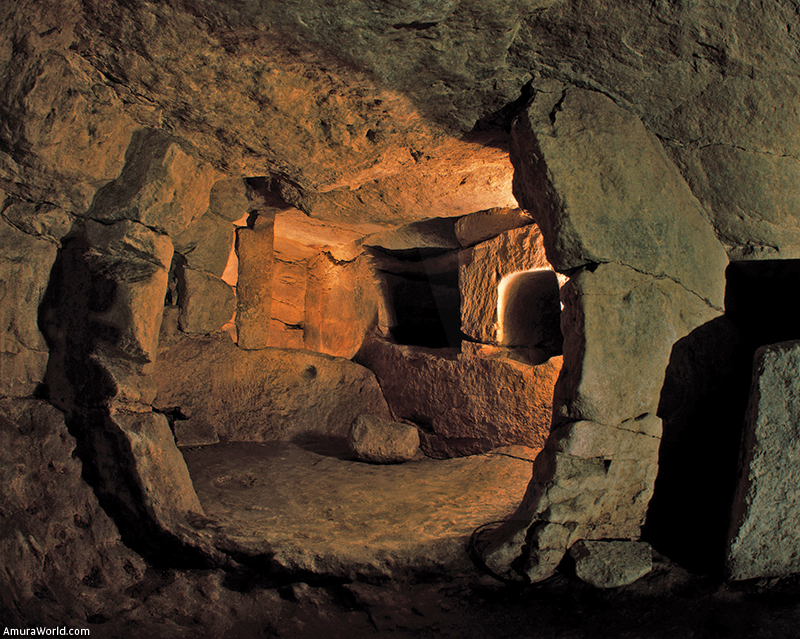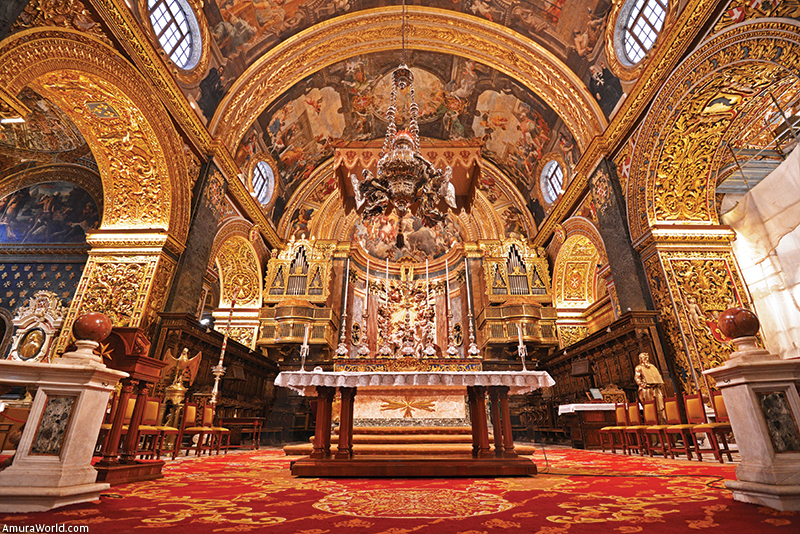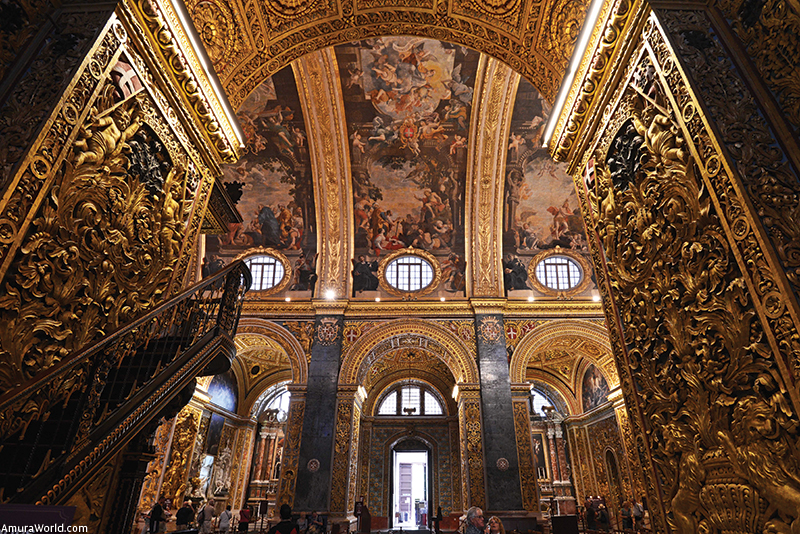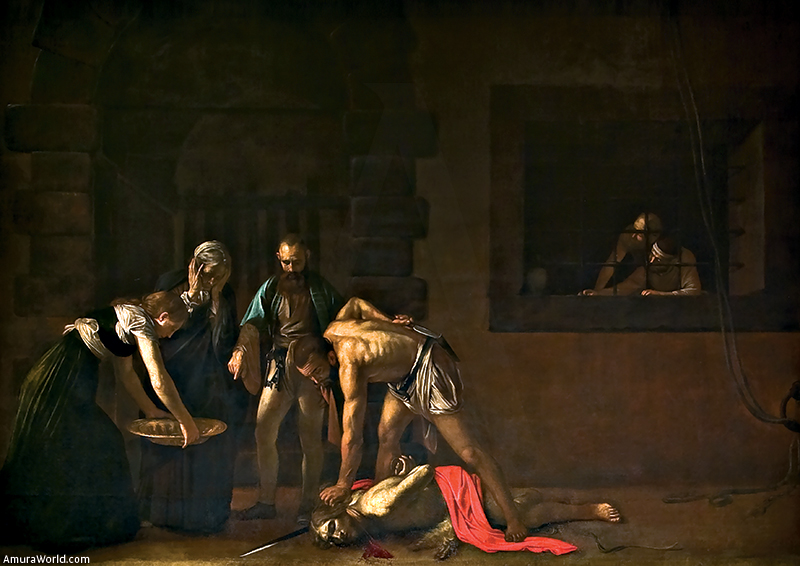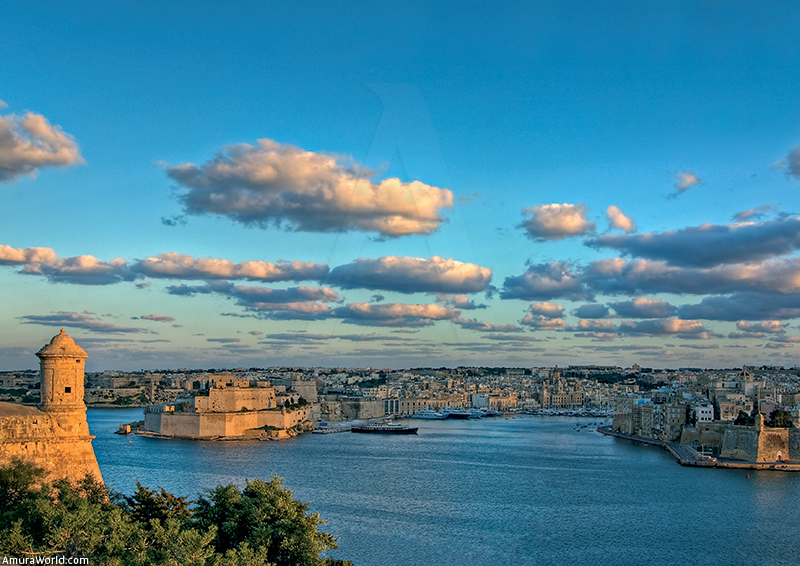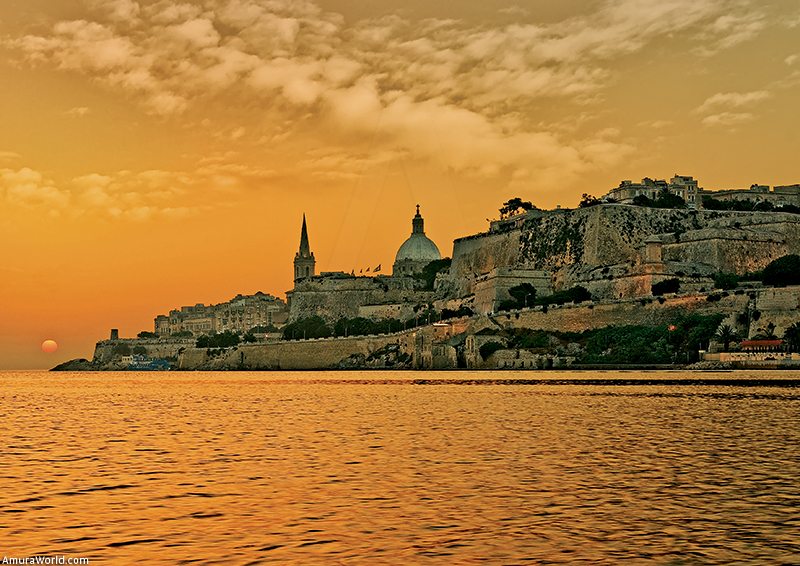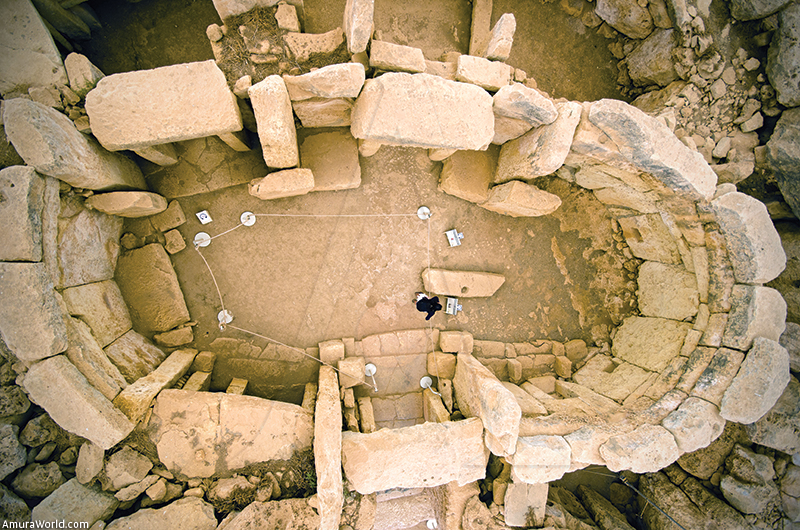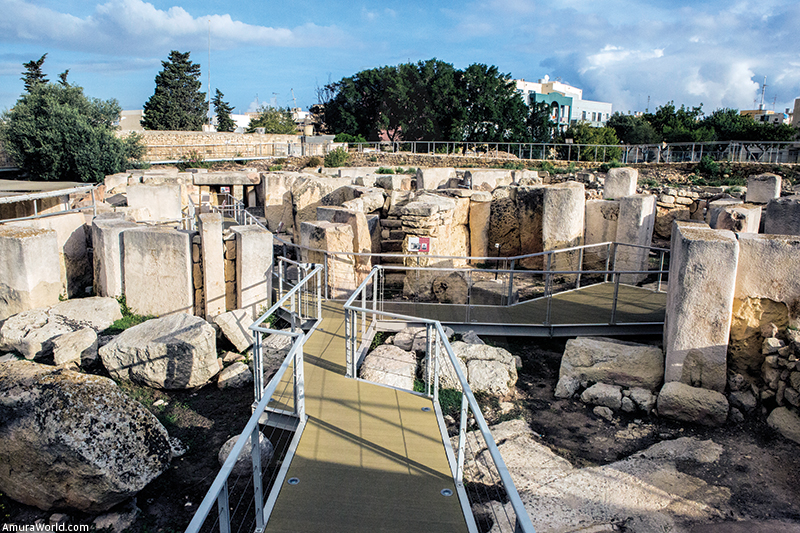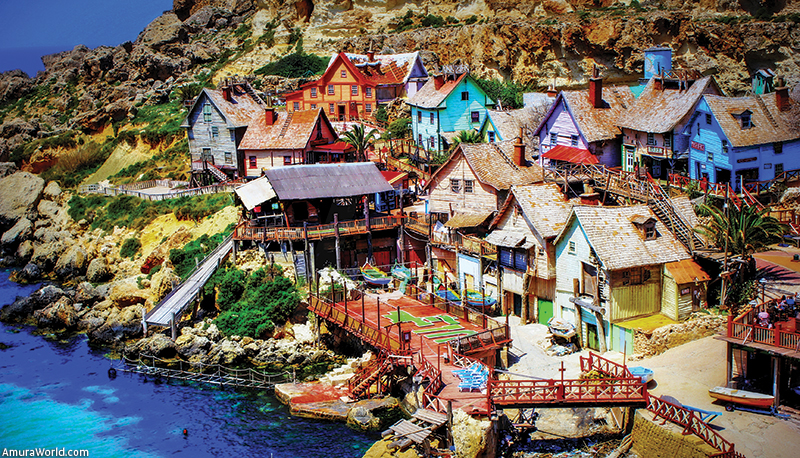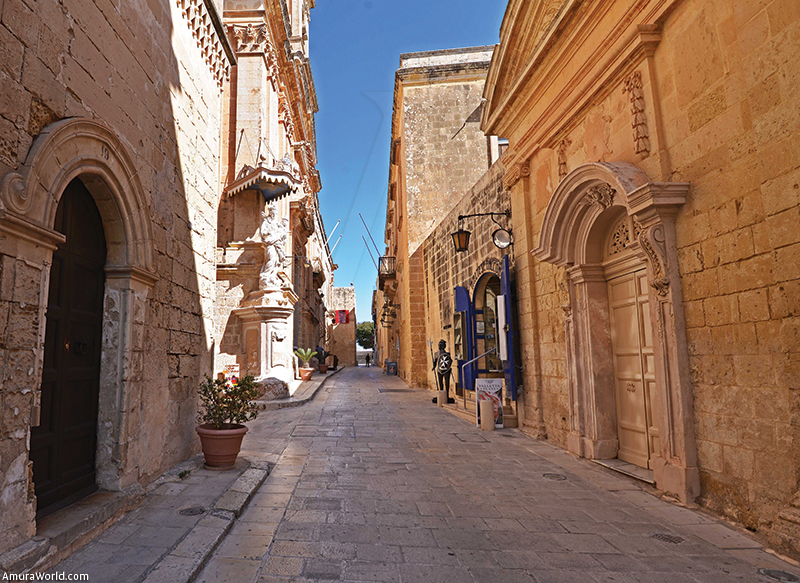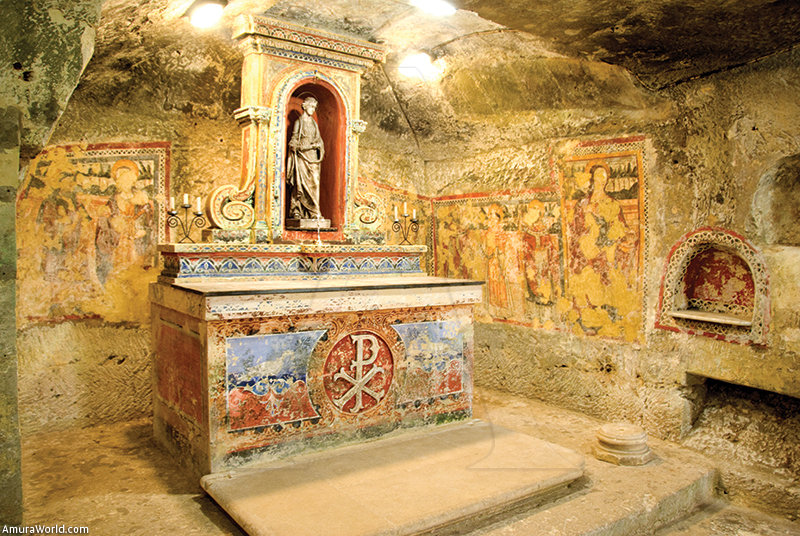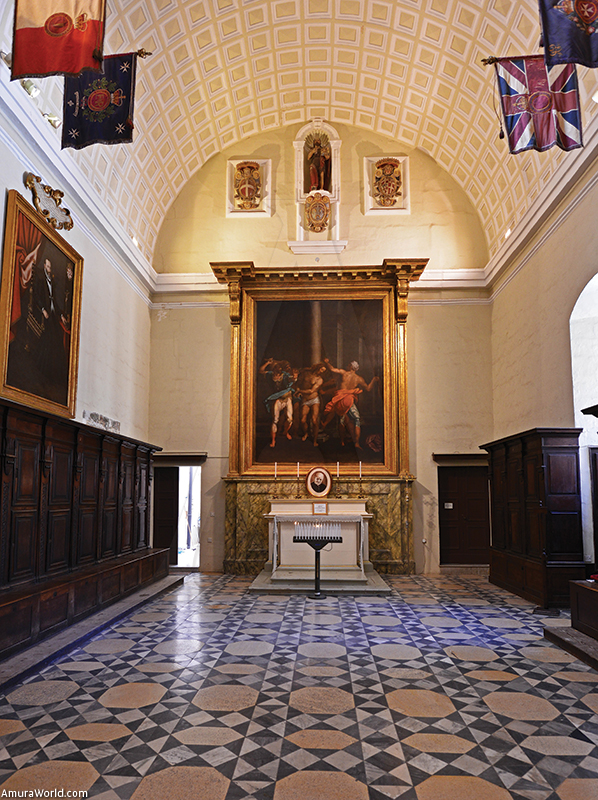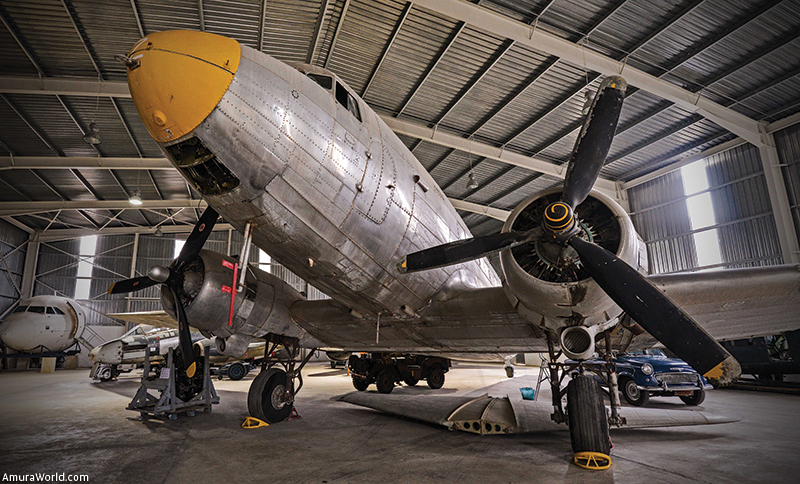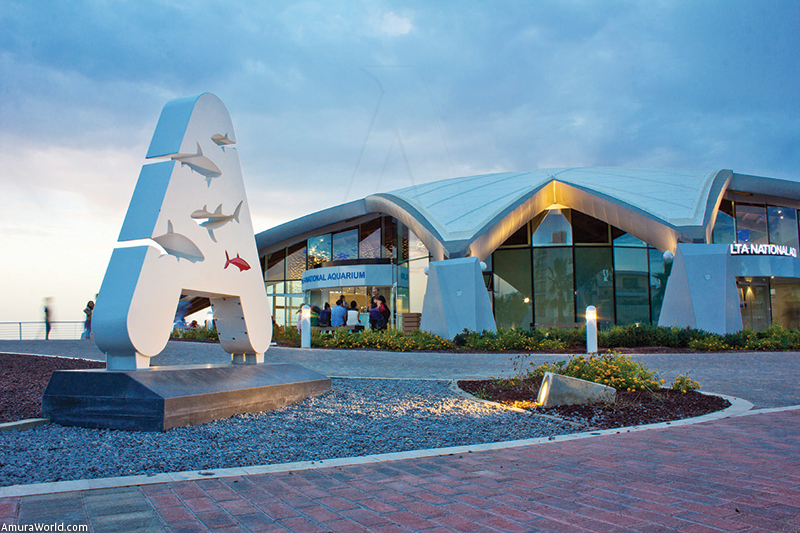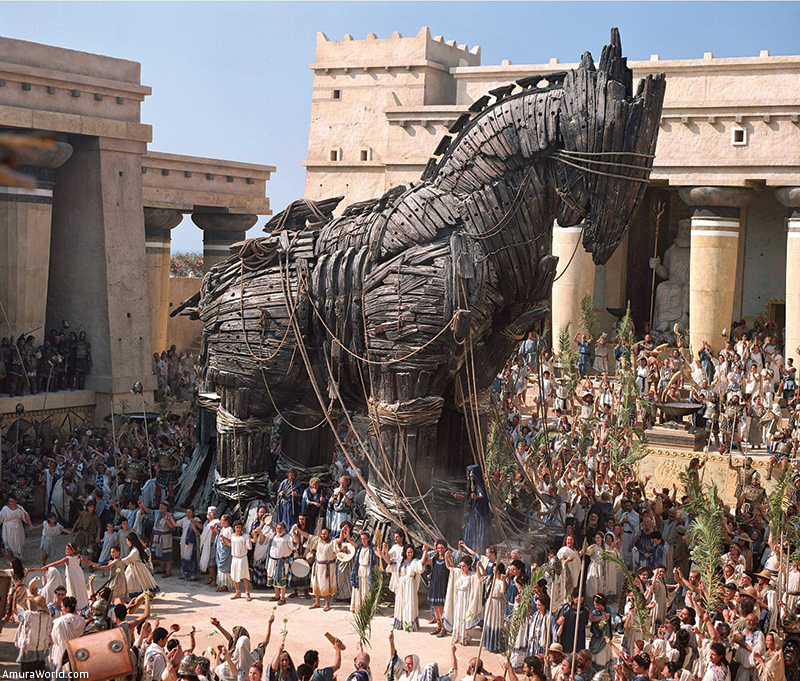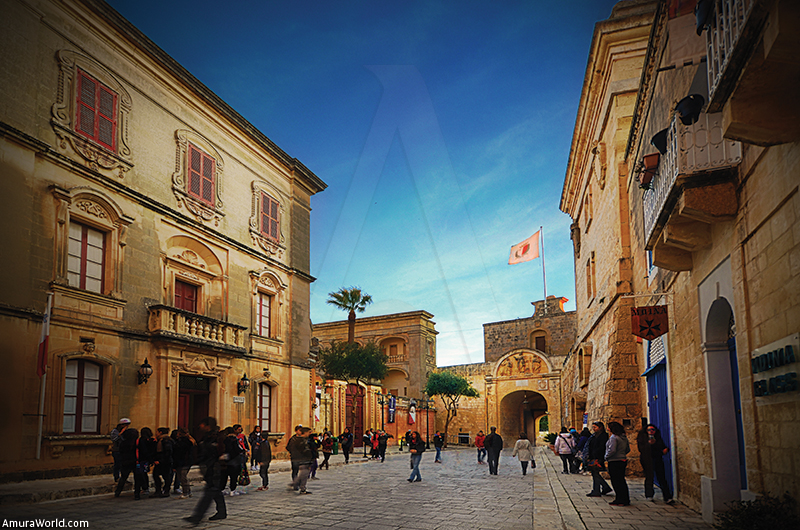Forged with what dreams are made of
Amasterpiece that constitutes three islands, product of a work that involves nature, humanity and what seems to be some sort of divine power, this is Malta. It’s ancient details; contemplative, museological and transcendent in every corner of this small territory elevate the experience of anyone who walks the scenery and peculiar streets of this destination. These are witness to an enigmatic story that never ends.
We are talking about a setting that has no comparison in the world, where European features are soon lost amongst a sea of architecture that knows not of domain or time, without a hurry, it draws itself in with a deep rooted aspect traced by color and shapes that are an ethereal depiction of all the seasons that this land has vouched for.
Art makes diverse references to this destination, some are direct and others are more focused in the tales of its mystic orders, others speak of the mysteries guarded by the temples and archeological ruins scattered across these islands. Perhaps it’s most representative legend is that of The Maltese Falcon. This story is a reference in both literature and cinematography. Although fiction little obeys the truth toward the history of this bird, it didn’t stop it from turning into a referent of Maltese culture.
Although in reality The Maltese Falcon in the novel of Dashiell Hammett or the movie in which Humphrey Bogart starred –based on the same book-, little have to do with the real falcon in the mythical history of Malta, we must admit that a fragment composes one of the most remembered dialogs in the history of black cinema. This piece of conversation is perfect to describe with what every little part of this place is created by, it is worthy of the most dream-like fantasies of any artist:
What is it? - They ask Humphrey Bogart’s character regarding the figure of the Maltese Falcon, who answers; “the stuff of what dreams are made of”.
The foundations of the myth
Malta is a young country in the most strict sense, it’s three islands compose an actual Republic; Malta, Gozo and Comino, used to form part of the United Kingdom until 1979, by then they turned into an independent country which later –in 2004- became part of the European Union. They began using the Euro as an official coin in 2008. Their roots however, are much more ancient, filled with syncretism by several of the greatest cultures and a solid sense of identity which amongst other virtues, honor is highlighted, as well as strength and humanity. These identities were built with a solid base in multiple episodes of hardship.
Great Mediterranean civilizations have left a mark and constructed Malta’s wealth; from Greeks, Phoenicians and Romans to Arabs, moving through Cartage, Byzantines, and Spaniards and of course the British. Currently Malta is a very small country with a very high density of population; over 427,500 people are dispersed in only 316 KM2 of territorial extension. It is quiet complex to determine the true origin of this nation located in the heart of the Mediterranean. However, several registers of it’s first roamers have been found during the Stone Age, 5000 years B.C., who came in their majority from places like Italy – more concretely Sicily- and regions of Africa.
The ancient Phoenicians arrived in Malta approximately in the year 1000 B.C., which gave this destination it’s importance at an economic level, this thriving new impulse caught the attention of the Greeks and Romans, whose empires quickly occupied La Valletta; being the Romans who conquered and remained for the most time. Since then, many cultures occupied Maltese territory. It was always in dispute due to the Roman Empire.
The Carthagians achieved to maintain certain roots within this culture which endured more than a brief moment and occupied a fraction of this destination, since they were quickly expelled by the Romans. In some regions of Malta, a Punic language was even adopted for some time. Another culture who colonized Maltese soil was the Byzantine; it’s style remains visible in art form even until this day.
However, no other unification changed so much the identity of the archipelago as those provoked by the Arabs. They arrived in to Maltese territory as true contenders to the Romans a few years before 100 B.C. They granted the new culture with a very different tone from it’s Greco-Roman-Italian roots. In fact, the Maltese language –one of the official tongues spoken in Malta, alongside English- has Arab, Italian and Spaniard foundations.
The Order of Malta: Dawn of a Christian legend
In 1090, Malta had been taken by Count Roger of Normandy, who reigned the country to later share the power with other sovereigns such as the The Crown of Aragon, which also extended its domain through Sicilian lands. This is how Malta was under the government of Normandy, Sicily and finally Spain for the next three centuries.
It was until the XVI C. when an account that changed the course of this nation occurred: Charles V granted Maltese territory to the Caballeros Hospitalarios of the Saint John Order of Jerusalem, it would later be known as the Order of Malta.
This ancient mystic group had managed to set up a hospital, a church and a convent in Holy Land, these headquarters had to be defended by the Order during the Crusades, because of this, not only where they dutiful in the development of a religious Order, but also in a military aspect. Since then, The Caballeros Hospitalarios of the Saint John Order of Jerusalem adopted the white cross of eight points as their emblem, until this day, this symbol is a referent within the Maltese culture; it’s also considered one of the most popular souvenirs of these islands.
Before the order of Malta was created, this group had presence in other places such as Cyprus and Rhodes, where it developed a naval force that in the near future would serve as a defense for the Maltese territory, to which it arrived in the year 1530 in charge of the great Maestre Frey Phillippe de Villiers de I’sle Adam, with the support of Pope Clement VII.
It is important to mention that the Order had promised to not combat other Christians when it took possession of Malta, this didn’t come in the way of defending the island in what is known as The Great Turk Siege. Nearly four months under the command of the Great Maestre Frey Jean de La Vallette succeeded in impeding the Turkish invasion. It was by this time period that the La Valletta port was created, as well as Malta’s Capital. This was in honor of its defender and founder.
During this time period a general environment of growth overtook the island; several important bastions of defense were constructed, as well as buildings, schools, churches and hospitals. A development in the arts soon followed, medicine and the academic level of the population would never be the same.
The Order of Malta also fought against Ottoman invaders and a group of pirates, however the Turkish weren’t giving up so easily; this derived in one of the greatest episodes of Maltese history: The Battle of Lepanto. This victory on behalf of the naval fleet of the Order, as well as the forces on the territory, sustained significantly the advance of the Otoman Empire throughout Europe.
Malta, the eternal strategic pillar to fight for
The dogmatic promise made by Order of Malta of not attacking any Christian, granted control of the territory to Napoleon Bonaparte, who occupied the island in 1798. It was then when the Order had to migrate to other territories, finally installing permanently in Rome, where it remains until our days.
The inhabitants of Malta didn’t feel any sympathy for the French, reason why they didn’t doubt in backing up the British when they invaded the territory. They achieved power in 1800, although their possession wasn’t recognized by France until 1814 in the Treaty of Paris.
Under British domain Malta lived two World Wars known to our time. It was in a very peculiar way that this time was lived; it functioned as a perpetual strategic point in the Mediterranean. It was even surrounded and almost invaded by the Nazis and fascists in WWII.
During this time, the Maltese people supported the British and maintained their colony. They were even awarded with the Cross of Saint George due to their bravery during the war. However, Malta was destined to become an independent nation, it was something their inhabitants wished deeply, given their autonomic roots of identity and great traces of freedom.
A new nation
After several treaties that granted a certain level of auto regulation within the Maltese territory, in 1962 Prime Minister George Borg Olivier requested the United Kingdom to grant independence to Malta, who achieved to become a nation in 1964, maintaining itself inside the British Common Wealth. Malta was safe within the safeguard of the British forces but was built and constituted as an independent country.
It was by the end of the 70´s that the archipelago became The Republic of Malta, the British troops retired and the naval base that belonged to OTAN was shut down. Because of the agreements of mutual defense and finance that were given to Malta became fully sovereign of itself, integrating with the European Union in 2004.
From this point on, Malta’s course has been one of development; from it’s solid exterior policy to the progress focused in it’s infrastructure, as well it’s tourism. Today, Malta is a famous place for it’s opportunities in the academic field, as well as being a paradise for culture, rest and activities such as diving and hiking.
The real “Maltese Falcon”
This emblematic bird, a symbol of liberty, power, elevation and success has a protagonist role in Malta´s conception, to the point of being an icon for its identity; which has transcended its historic moment to crown itself with impressions of art and culture throughout the world.
It was in 1530 when king Charles V of Spain rented the island to the Order of Malta with its complete sovereign power in return of a yearly payment which consisted of a falcon trained in the field for hunting; the Maltese Falcon.
This tribute was paid year after year –for two centuries- by the Order to the king on every All Saints Day, until it was vanished by the Napoleonic army. However, the Maltese Falcon does continue its flight, not only is it portrayed in paintings, sculptures, literature or cinema…
A specimen whose wings –or in this case sails- add nearly 2,400 m2 of surface and is capable of plowing the seas with 25 knots of speed. It carried the name “Halcón Maltés” (Maltese Falcon). We are talking about the grandest sailboat on Earth, with a length of 289 feet (88m) and whose origin is really Italian, built by the Perini Navi shipyard.
Returning to the historic Maltese Falcon, in 2005 -475 years after the first tribute was ever made- this tradition was brought back to life in a commemorative ceremony celebrated in all of Europe which was recreated by granting his R.H. king Don Juan Carlos a falcon trained for hunt by the Real Gremio de Halconeros de España.
Casually in 2005, 75 years of the novel written by Dashiell Hammett, who inaugurated the black film genre, were also being noticed. This genre was important for literature and cinema, it’s pages would later be eclipsed by the performance of Humphrey Bogart. The fictitious falcon of this tale, whose mere presence created chaos in the United States due to the greed of many who desire to possess it, was established perhaps a very distant parallelism to the value of Malta as the jewel to conquer in the ancient world.
Immortal and fathomless myth
Malta is a place that united a vast architecture enriched by multiple cultures. The presence of monolithical temples and archaeological ruins under it’s waters have established a bridge between the island and the mythic lost city of Atlantis, described by the philosopher Plato.
Experts even assure Malta not only contains remains of Atlantis, but also, due to several unsettling coincidences of location, aspect and times related by Plato in he’s dialogues, the very megalithic temples such as the one of Ggatntija in Gozo, of the year 3700 B.C. are the real thing. This makes anyone who beholds or explores them wonder if these remains are the same as those in that ancient prodigy culture submerged by the Gods.
Malta: Paradise and Universal Heritage
The Mediterranean sun sheds light over the islands that form the Republic of Malta like a Falcon’s eye. It’s antique remains are more remote in time that those of the Egyptian culture; Malta is the largest, most mesmerizing living museum on Earth and it counts with sites declares Universal Heritage – amongst them it’s capital, La Velletta-, as well as a humanistic society, respectful, cordial and spiritual, which also concentrates a great number of Catholics.
When contemplating over the islands, architecture doesn’t allow us to easily choose which of all the buildings we should explore first. Churches and cathedrals of great baroque beauty are only some of the multiple values of Maltese architecture, the work of ancient artists such as Lorenzo Gafa or Gerolamo Cassar, as well as the Order of Malta stand out within the skyline of impressive bastions on the Maltese horizon.
Beaches seem to have been pulled out of idyllic dreams with their vast blue pallets, where not only can you enjoy of a natural paradise, you can breathe a cosmopolitan ambiance which is relaxed and deepened by the mystic tone impregnated by this entire destination.
A walk through the streets of Malta is to find yourself with unique ways that redefine time and space, you may be encountered by every step you take with a series of cultural expressions and masterpieces of art, incredible buildings, such as the Grandmasters’ Palace, the Sacra Inferemria , the Center for Creativity of St. James, only to name a few of the wonders that surprise people who are accustomed to them and strangers.
There is always something to see in Malta. Every day expositions in public spaces with emerging talent are being held. Classical music and Docta are a specialty in this archipelago and it usually comes to life with stunning organ recitals that resonate in churches. We may also find a thriving scene of modern music in constant evolution. Theater is another thriving force on the island; it offers great specialized spaces in historic sites that witness superb interpretations and stagings. The dramatic arts, comedies and operas fill the souls of those eager for culture.
Nightlife is quite rich in Malta. Unlike other destinations where movement at night is not perceived, here you can find a large number of options. This little town unveils in style; you may find couples dinning underneath the moonlight in beautiful public spaces to youth enjoying in bars, casinos and movie houses with a wide selection, even late at night.
Malta is without a doubt a place designed by the Gods for those who love nautical pleasures. During the day there is nothing like sunbathing, sailing or the exploring of its temples, bastions and museums. You can even practice languages at it’s schools which are high standard institutions. Something that cannot be missed is diving. It’s a must. The ocean floor is owner of a mesmerizing visibility where not only you can find marine species but ruins and submerged bastions that inspire exploration, mystery and adventure.
Mmm…alta!
Certain places exist where gastronomy is specially favored by a mix of the best flavors that are composed by their unison. Malta is, without a doubt, one of the most privileged in this sense. It’s perfect cultural mix grants it with an exceptional tone of Mediterranean cuisine. Every region has a special dish or particular culinary touch.
Due to the fact that we are speaking of a destination in an island, fish is one of the strongest ingredients of the archipelago, some of them are Lampuki or Qarnit bl-aljoli, but they are not the only dishes that stand out in Maltese cuisine. Other meats have also been protagonists in the creation of certain delicacies; the rabbit stew is an example. Some of the most delicious desserts in the world are a Maltese specialty; with creations as simple and extraordinary as the Kannoli, a small fried cake filled with cheese or other crèmes; or the crunchy imgaret which are stuffed with dates, spices and anise are highly regarded in La Valletta.
The Italian influence is palpable in the unlimited use of tomato to concoct vittles. Some recipes like the Hobz-biz-zejt, consist of a morsel of bread smeared with olive oil and tomatoes, filled with tuna, onions, capers, garlic and ingredients in accordance to the region and season are truly a must. Speaking of tomato, pizza in this little corner of the world isprepared in small kitchens tucked around town that only locals know about, but they could surpass their Italian version in a second, or bite.
Something admirable about it’s territorial extension being so limited is the space used in viticulture activities. There are enough vineyards to produce an excellent quality of local wine; these places are a forced stop for any wine lover out there. Maltese wines are light, perfect for people who love a fruity, crisp flavor. A specialty in Malta is it’s cheese. Take some time to check-out ports and markets to try them, as well as other artisanal products whose variety and flavor are unique. A must on the island is beer, and the local kind is the best. Cisk is simply perfect.
Parties and Festivities
Malta is like the Athens of a new world thrived by culture. Despite life at Gozo being so peaceful, Malta has a year-round agenda filled with parties and festivities. Fun, getting together and arts never stop. We would never end if our purpose was to enumerate all present events on the three islands, but it is worth it to mention the most important.
L’lmnarja: Also known as the Summer Folkloric Festival or Festival of Light. It begins by the end of June and commemorates the festivities of Saint Peter and Saint Paul. The music of the multiple concerts being held flood the atmosphere for several days in all Buskett territory, this place is a great meadow filled with tradition and folktales.
Festival of the Arts of Malta: All scenic arts are embodied in a program that covers three weeks of the calendar of July and August at the Royal Opera House and Freed Square in La Valletta.
Malta Festival of Jazz: Three delicious nights with international jazz artists impregnate the mermerizing bastions of La Valleta during the third weekend of July.
Mediterranea Festival: Peace at Gozo is spiced by this great event that is formed by each and every artistic expression that is elevated with showings, interpretations, expositions and concerts during autumn. These series of events happen at different headquarters throughout divergent stages.
Other events that are totally worth it are: The Bridge Bar Jazz Sessions at the Saint Ursula staircase in La Valleta; the March of the Knights of the Order of Saint John at the Fort of Saint Elm; The Notte Bianca in La Valletta; The Baroque Festival in La Valletta; amongst other parties that are organized onboard ships or other specific places throughout the year. Many local festivities in commemoration of the Saints of every region seem to compete with one another; in order to generate more recognition; each province has distinct flags and celebrations throughout the streets and on the roofs of houses.
What to see and do in Malta
A perfect weather is to be expected all the time, even during winter. This allows you to enjoy the island with calm; except for a couple of months during the summer where tourism reaches it’s highest point, disrupting the usual peace of this destination. The three islands offer very different experiences, in every single one, great attractions exist as well as unlimited options: hiking, sailing, diving, architecture, culture and art, nightlife, etc.
A talk with the locals of the diverse regions is something worth doing since they have great advice and recommendations. They know less acclaimed, but sensational places; as well as culinary specialties and shopping sites that in other way may pass unseen. For now let’s innumerate some of the most important point of interest:
Island of Gozo:
It’s beauty is timeless and unrushed. Ideal for getting lost and allow wounds of the soul to heal. Not only will you be marveled by it’s nature or souvenir shopping. While in Gozo, it is a duty to visit the Temple of Ggantija, a magnificent megalithic structure much more ancient than Stonehenge in England, Azure Window is also an ideal spot for small vessels and exploration. The saltworks of Qbajjar are the perfect place to spend an evening contemplating diverse shapes and colors of water formations and limestones.
Comino:
Very little population is concentrated in Comino and hotels don’t swarm here, but it is the ultimate spot for navigation, diving - underwater you may find ancient ships from World War II- and swimming which is practiced marvelously at Blue Lagoon, a vast blue, crystalline, natural pool. You can also visit the tower that served as a filming location for the movie The Count of Montecristo.
Malta:
This Island is full of secrets and beaches that will take your breath away due to their beauty. The Dingli cliffs are majestic and it’s completely worth your time to seek for the highest point and admire them. You can also hike and find the uninhabited island of Fifla, which is dreamy and worthwhile.
These beaches have the most exquisite sand – in Malta the common beaches have pebbles instead- can be found in Mellieha; although the better tourist equipped beaches are: Golden Bay, Ghadira Bay and Paradise Bay. If you prefer a more intimate ambiance Ghajn Tuffieha Bay is your option too. La Valletta, the armored city of Mdina and the rest of the island hold within an infinite number of architectonic and cultural treasures that cannot be traversed so swiftly and are uncountable.
The hypogeum of Hal Saflieni is a prehistoric temple located underground –the only on Earth- declared Heritage of Humanity by UNESCO; the palace of The Great Maestre in La Valletta is of high importance in historical and cultural affairs, it is currently home to Parliament as well as guard of several paintings, murals and art exhibitions. The Cathedral of Saint John in La Valleta withholds the Decapitation of Saint John the Baptists by Caravaggio, a masterpiece. With no need for introduction, the Grand Harbour is one of the greatest and deepest natural ports of the world.
Other sites that shouldn’t be left unseen are; the Church of Saint Mary of Accession, located in the city of Mosta; the megalithic templed of Hagar Qim Mnajdra and Tarxien; the Island of Popeye the Sailor –were the movie of this character was filmed- ; the Cathedral of Cafa in Medina; The Saint Agatha catacombs and the Saint Paul catacombs in Rabat, as well as Buskett Gardens.
As far as museums goes the list is pretty vast, you can find places that are attractive and hold infinity of surprises. However, the most popular are: The National Archeological Museum, The Museum of the Fine Arts, The War Museum, and The Museum of the Navy, The Aviation Museum, Villa Romana, The Museum of Modern Art, and the Armory in the palace of La Valleta.
Those who love diving or sailing will find this destination heavenly and perfect. Several diving spots exist with uncountable ruins underwater that must be explored which are filled with mysticism; other vessels were sunken here during WWII and can also be seen below the waters. Touches like these are what make Malta a unique place for lovers of these types of activities. Diving here is not only interesting and fun but also revitalizing and unforgettable. Mountaineering can also be practiced in it’s cliffs and exploration can be made throughout its trials by horse.
Despite the fact that Malta isn’t characterized as a great consumer, shopping doesn’t disappoint, several places are tucked in like the boutiques at La Valetta, the artisanal products of el Gozo and souvenirs of multiple regions where the Cross of Malta, bobbin laces, salt with minerals, protection stones for sailors, multiple craftsmanship and wine, amongst others can be found.
Scenery of ancient and modern prowess
Malta has not only witnessed great battles and the development of multiple cultures; it has also been the scenery of great cinematographic productions during our time. In fact, Malta is known as the “Hollywood of the Mediterranean”.
Troy, Gladiator, Agora, The Count of Montecristo, or the most recent By The Sea, are only some films that been shot throughout the islands, not to mention the series Game of Thones.
We are talking about a place that must be travelled carefully, it’s capital Valletta and other counties hide unimaginable treasures of all sorts and one visit won’t be enough to mesmerize yourself by its gastronomy, art, architecture, natural beauty and human warmth. If a promised land for Saints, travelers and poets exists, without a doubt, it’s Malta.
Text: Lizethe Dagdug ± Photo: © Getty Images / Jeff Wharton / Peter Vanicsek / Balazs Nemeth / Escuelapedia / Kenneth Scerri / © viewingmalta.com / Casper Tybjerg / Nick D’Ancona / Elite Yacht / CANLTACD / RANMBAS / : 3DOP / Ted Attard / Olivia Muscat / Chen Weizhong / Clive Vella / © viewingmalta / Nick D’Ancona / Clive Vella / Clive Vella / Aaron Briffa / Seren Ozcan / wps / Mario Galea / Malcolm Debono / zeleb

